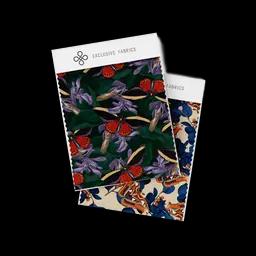Yarns
Apparel
Fabric
Home Furnishing
Accessories
ReshaMandi Exclusive
Did not find what you are looking for? Place Custom Requirements
Popular services
Source your textile needs
with our super app
Sell your products
on Marketplace
Build a fully customisable online store















 Play Store
Play Store